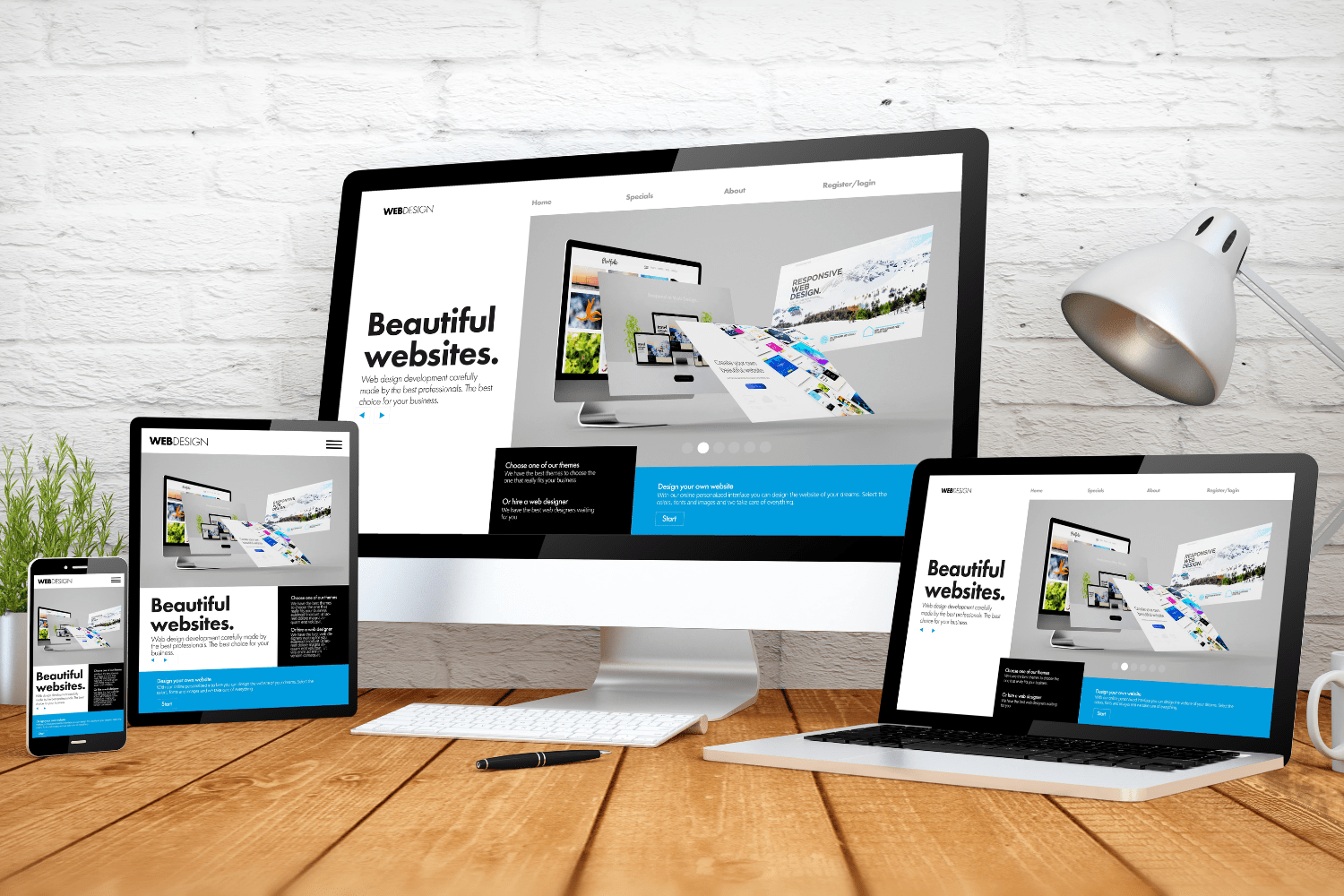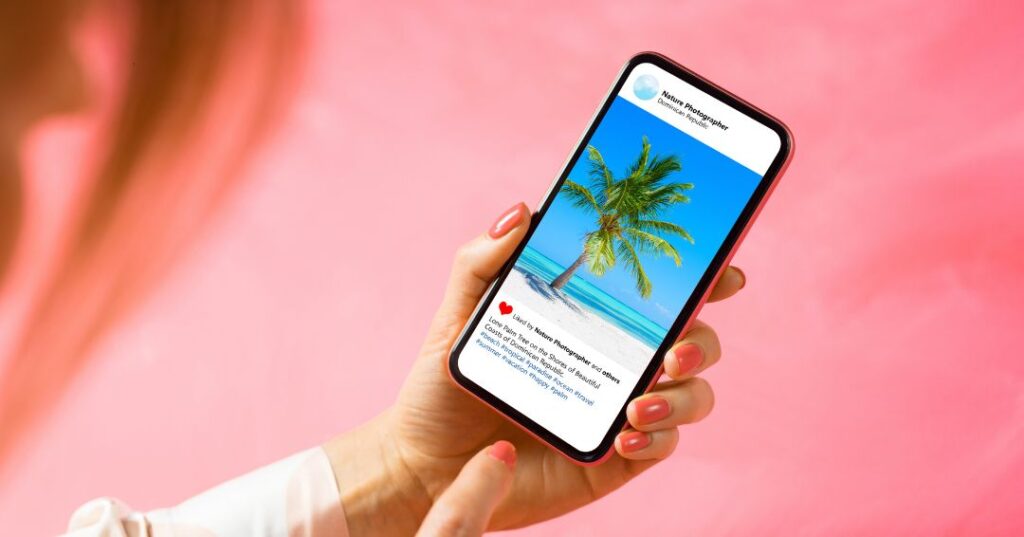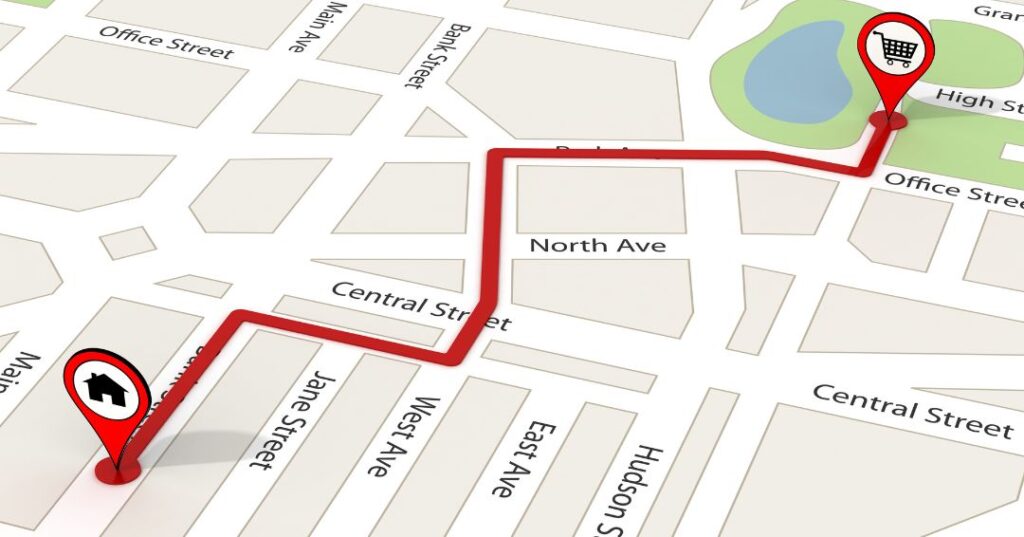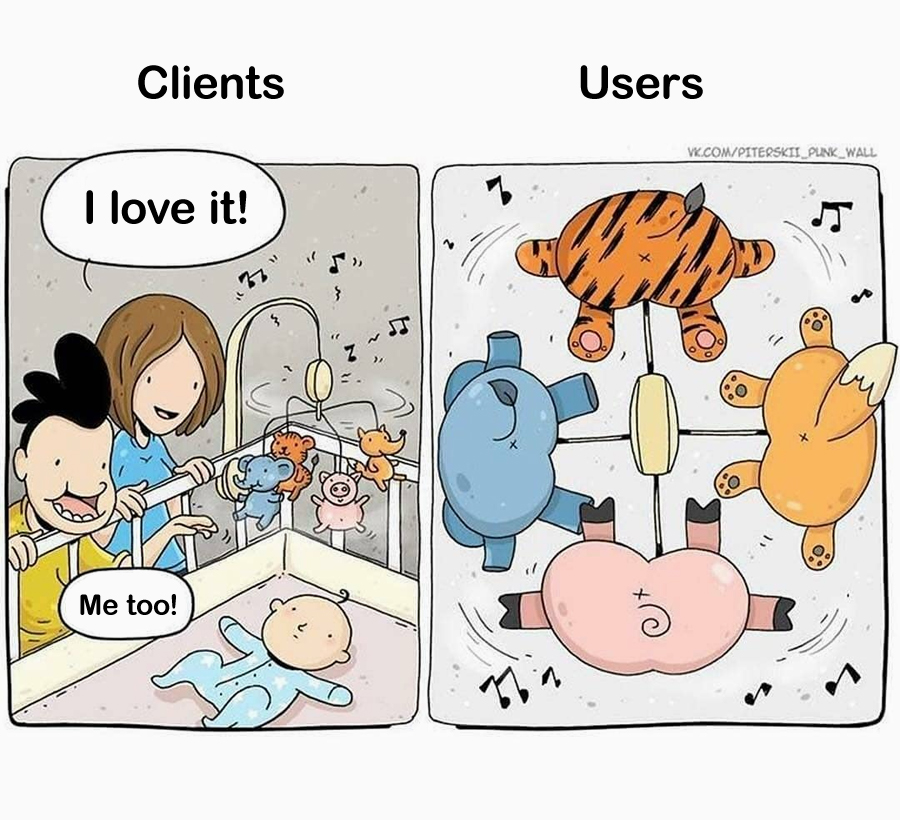Keeping up with the fast-changing world of digital marketing can feel like trying to explain TikTok to your grandmother. Not to worry, though; we’ve compiled a list of the top ten uncomplicated marketing tips that’ll keep your sanity intact while also getting your brand out there faster than you can say ‘trending’.
The micro-moments power
During this “micro-moment” era where people’s attention span is supposedly shorter than that of a goldfish, one needs to capture their audience. These are moments when individuals automatically reach for devices—especially smartphones—to do something, learn stuff, watch something, or buy things. Just accommodate these wishes in your content through simple instructions and see how engagement rates increase exponentially.
The video content is King, Queen, and the Royal Court.
If content marketing is a kingdom, then video content is its royal court. Take advantage of platforms such as YouTube, TikTok, and Instagram Reels by creating captivating, educative, and dare I say fun videos for your brand. Remember that you are not
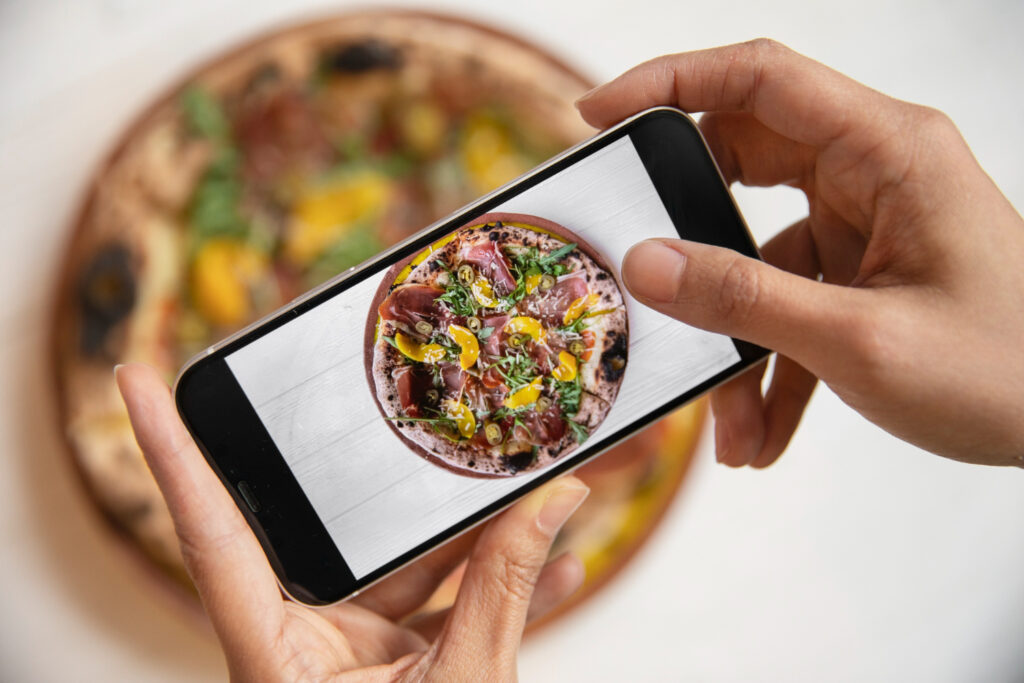
Leverage user-generated content.
Asking The better option, rather than a search engine is to ask Siri, Alexa, or Google Assistant about the best digital marketing agency. So that your content becomes more voice-search-friendly, employ extended tail keywords that resemble speech patterns. There are only two things to think about: what they can say and how they can say it.

Get personal with email marketing.
In this age of artificial intelligence, personalization cannot be avoided. A recipient’s preferences and past actions may be used with data analytics to customize your emails. Many people prefer sending mass broadcasts instead of personal touch but having a high conversion rate and open rate will give the impression to the audience that you are speaking directly to them.
SEO: The Gift That Keeps on Giving
You should not write off search engine optimization although it might not be new in digital marketing. Employ alt tags for images, meta-descriptions, and relevant keywords in order to boost the exposure and ranking of your website. It is very important to remember that SEO never ends but perpetually runs.
Collaborations and Influencer Partnerships
We all know “two heads are better than one” and collaboration is key in the digital era. Forming partners with influencers or other brands helps a brand reach more people. Choose partners who are in line with your brand values so that your partnership can be true and meaningful.
Social Media Stories: Fleeting but Powerful
Never Never forget the power of ephemerality on apps like Snapchat or Instagram Stories. They create a more informal and genuine interaction between you and your viewers. Use them for quick tips, sneak peeks, or behind-the-scenes looks to grab your viewers’ attention and keep them coming back.
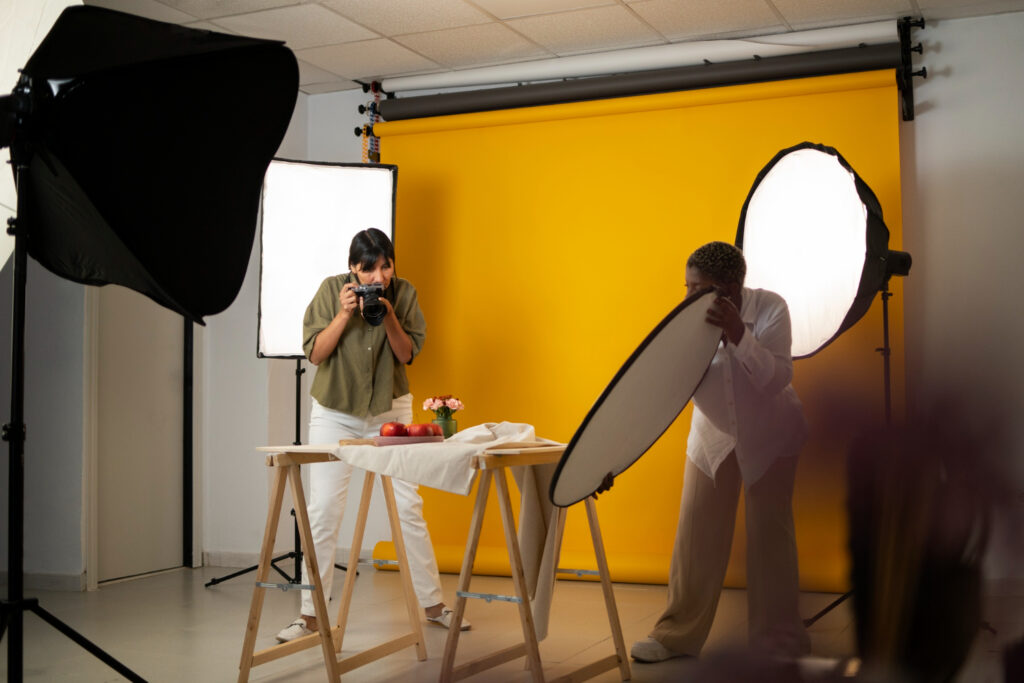
Leverage the FOMO.
The strongest motivation often comes from fear of loss. Have time-limited offers, limited stock merchandise, or exclusive content to make people act fast. The fear of missing out is the greatest motivator for an undecided buyer.
Analytics are your best friend.
In sum, if you are not keeping track of how well the above approaches are working for you then none of it will matter. Assess the success of your marketing strategies using analytics software and adjust where necessary. Data doesn’t lie – use it to tweak your tactics continuously.
It’s going to take some time but if you get good at these digital marketing hacks and apply them in this manner, eventually things will start changing. Never forget though that while we’re all about staying down-to-earth with our simple advice in this regard; ultimately true success in digital marketing is all about being flexible, imaginative, and always ready to learn new skills. Need a co-pilot for your online journey in digital marketing? Let our digital marketing agency be your helping hand and guide. Take the first step toward dominating digital marketing by visiting our services page and stopping all that infuriating hair-pulling.





